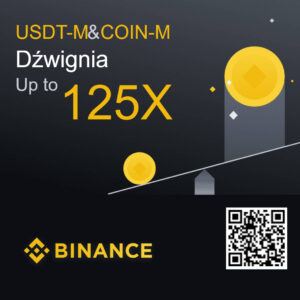Rate Cosmos 0,00002230 BTC
Change (24h): -1,33%
Concept: Byzantine Fault Tolerance
Tags: Cryptocurrency, Byzantine Fault Tolerance, Scalable, Cross-chain, Blockchain Service, Layer 1 (L1), Proof Of Stake, High Transaction Speed (TPS), Alleged SEC Securities, Layer 0 (L0)
Calculator ATOM / BTC
How is 1 Cosmos?
| ATOM | 0 BTC | |
| BTC | 0 ATOM |
Team
- Ethan Buchman
Another prices
- ZEC 0.0027 BTC 0,00%
- SHIB 0.00002571 PLN -0,58%
- EOS 0.00005521 BTC 0,00%
- TRX 0.00000326 BTC 0,62%
- ZRX 0.75 USD 0,00%
- TRXDOW 2.246 USDT inf%
- LSK 0.196 USDT 2,08%
- ONT 0.00000076 BTC -9,52%
- CTK 0.00000298 BTC 0,00%
- POLY 0.00001384 BTC 0,00%
Do you know how buy Cosmos?
Description
Cosmos (ATOM) is a decentralized network enabling multiple blockchains to interoperate and communicate through a shared protocol. It aims to create an "Internet of Blockchains" for scalable, secure, and efficient blockchain ecosystems. Source: CoinPaprika.com
Do you have account on KryptoBot?



